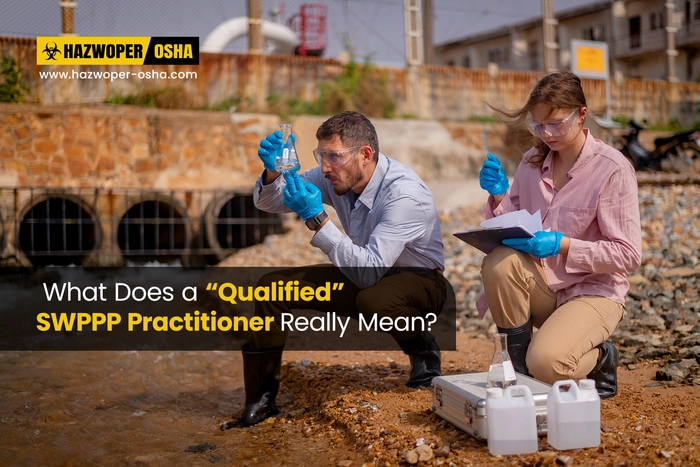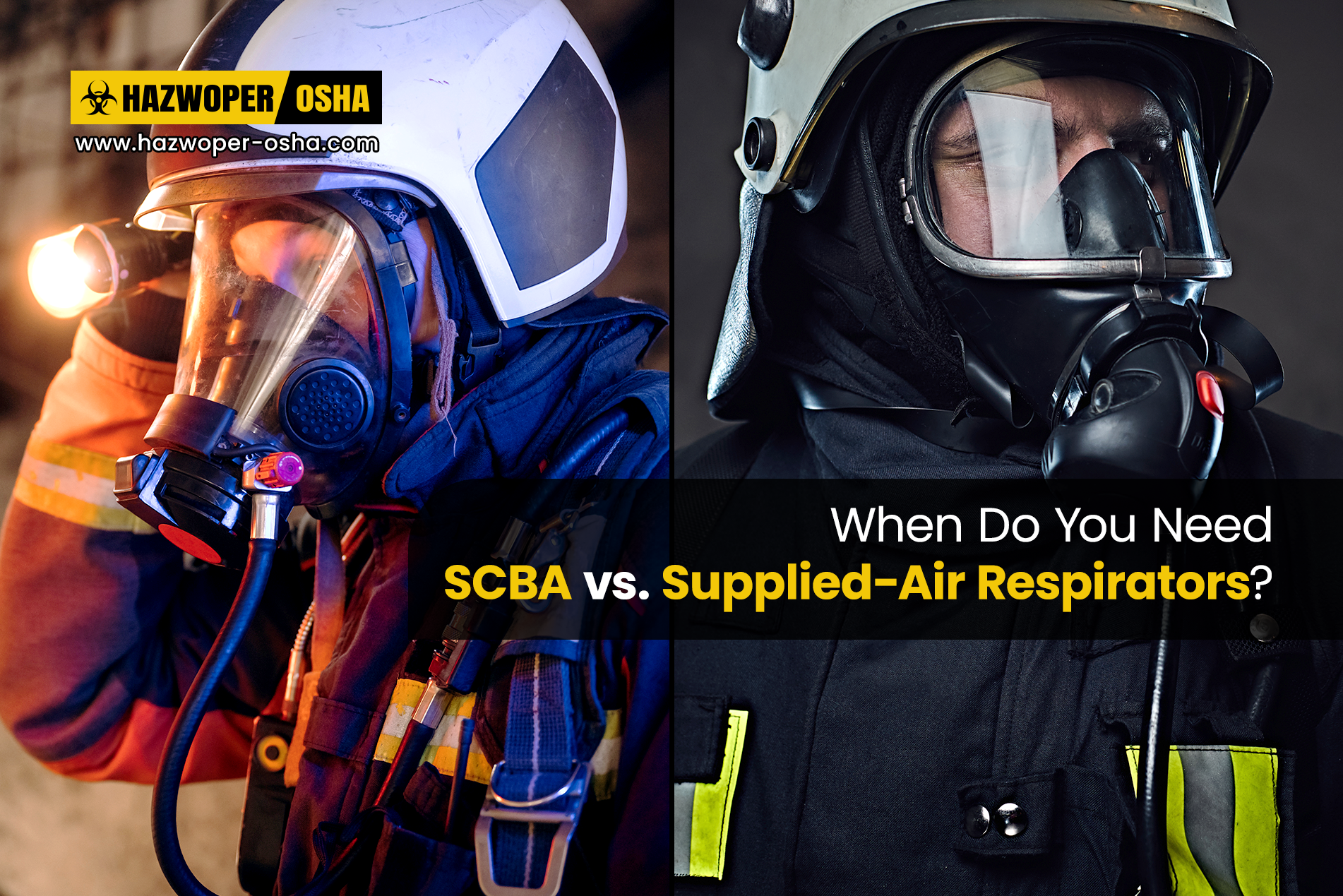A Safe Workplace For Young Workers

With the holiday season fast approaching, OSHA has issued a reminder to young workers of their right to a safe workplace, and adequate training for the job in question. Just as you click to confirm your purchase, the wheels on the other end are set in high gear to deliver your order in time for the holidays. This spike in sales of merchandise is accompanied by an inevitable increase in the number of young workers who become a part of the workforce.
Young workers are those who are new to the workforce, even up to age 24. They can be a valuable asset, but it may be their first job or the first time operating equipment—whether manually operated or with automated solutions. Child labor laws restrict the types of jobs, hours worked and equipment used by youth under age 18. Young workers get injured or sick on the job for many reasons, including:
- Unsafe equipment;
- Inadequate safety training;
- Inadequate supervision;
- Dangerous work that is illegal or inappropriate for youth under 18;
- Pressure to work faster; and
- Stressful conditions.
Workplace hazards associated with specific jobs are another major cause of injuries and illnesses. To this end, employers must work to reduce or minimize hazards in the workplace and train employees on how to work safely on the job.
OSHA has issued the following set of guidelines specifying employer responsibilities for young workers:
- Understand and comply with the relevant federal and state child labor laws.
- Provide training about workplace hazards and required safety gear, and ensure that young workers are competent in safe work practices.
- Implement a mentoring or buddy system for new young workers. Have an adult or experienced young worker answer questions and help the new young worker learn the ropes of a new job.
- Encourage young workers to ask questions about tasks or procedures that are unclear or not understood. Tell them whom to ask.
- Remember that young workers are not just "little adults." You must be mindful of the unique aspects of communicating with young workers.
- Ensure that equipment operated by young workers is both legal and safe for them to use. Employers should label equipment that young workers are not allowed to operate.
- Tell young workers what to do if they get hurt on the job.

 EN |
EN |  ES
ES






























































































































